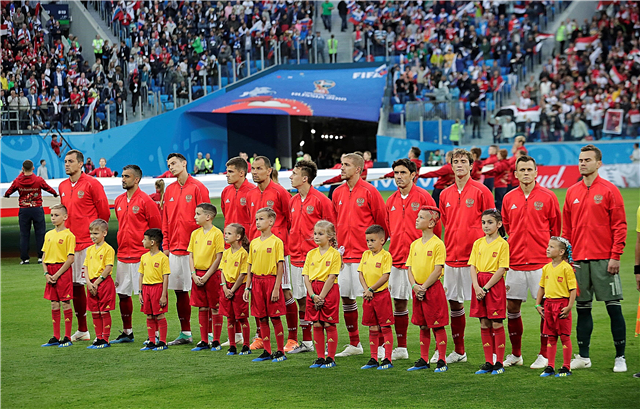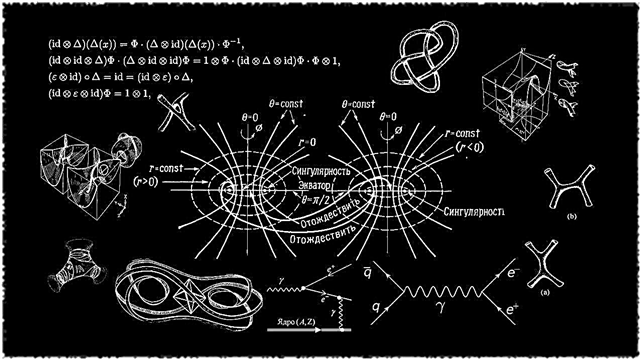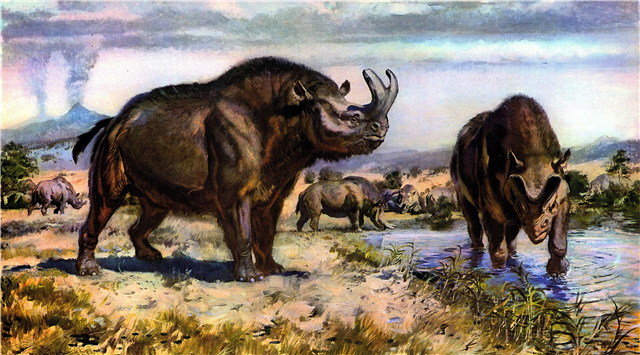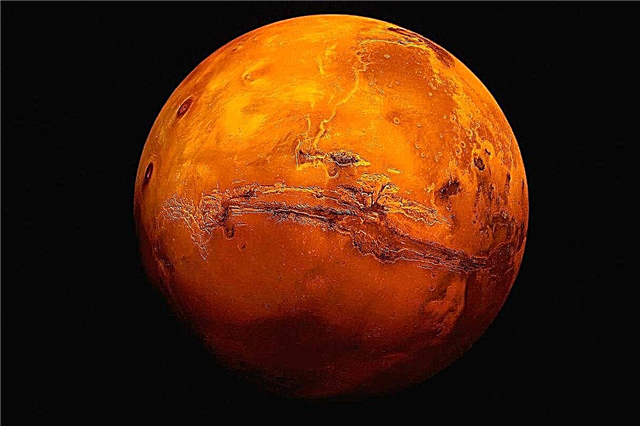
In the daytime, the weather can be very different. However, the tendency to decrease the strength of gusts is still clearly present in the vast majority of situations. Why is this happening, what is the reason for this phenomenon?
Weather, its manifestations, are closely related to the laws of physics. If you consider the situation in detail, most of the questions will disappear, everything will become clear.
What is the wind?
Wind is an air stream that forms when pressure drops. Molecules of air constantly circulate, moving from the area of higher pressure to areas with a low rate. Zones with different pressures are formed mainly due to solar activity, which provides heating of the masses. This can also happen due to the mass condensation of water vapor present in the air - the process involves the generation of heat, and therefore also increases the temperature of the medium to one degree or another.
Air is never warmed evenly, because the light of the Sun falls at different angles. In addition, the uneven heating is provided by:
- Various indicators of heat capacity;
- Different ability of materials to absorb heat;
- Other factors.
Interesting fact: it should be understood that the air is not heated directly by the Sun. This is mainly provided by the soil, water surfaces of the planet. They have different temperatures, and warm the air in different ways.Hence, variations in density and pressure appear, which ultimately produce wind as a mass movement of air particles.
Daily variations of winds
During the day, there is a strong difference between temperature indicators, and accordingly, zones of low and high pressure are formed more intensively. By night, the temperature differences begin to smooth out to a minimum, which leads to weakening winds. Sometimes the movement of air drops to zero - completely, and the atmosphere remains almost motionless until the morning. But this applies only to local winds of small strength.
As for global natural phenomena - they do not depend on the time of day. Having gained strength, cyclones and anticyclones remain stable over time, moving around the planet. A powerful storm, a hurricane will not be tied to the time of day, it can continue for several days without weakening, until it exhausts itself or moves to another area. Such natural phenomena are often formed over the oceans, where there is a lot of flat space, there are all conditions for their development. After formation, they can go to land, creating real natural disasters.
Winds and diurnal variations in air movement are not observed everywhere. However, sometimes one can observe their cyclicity and even the same directions and strength day after day at the same time. These patterns form a wind rose that is relevant for a particular territory - pilots are guided by these natural trends, in particular, they are taken into account even during the construction of airports.
Thus, the wind dies down at night, since the temperature indicators stabilize with the advent of the dark, and outside such differences the movement of air molecules and the formation of flows also disappear. In order for the air to move, factors are needed that stimulate this process - temperature and pressure drops as a result.
The stronger the differences are observed, the more powerful the winds blowing at this time, and if there are no differences, or if they are minimal, then the winds are weak, barely noticeable. At night, even complete calm, calmness can be observed. However, for powerful weather events this is irrelevant - if we are talking about a hurricane, strong squally gusts, they hardly subside by the evening. A strong wind can blow for several days without stopping, you should definitely not expect its gusts to weaken by night.











